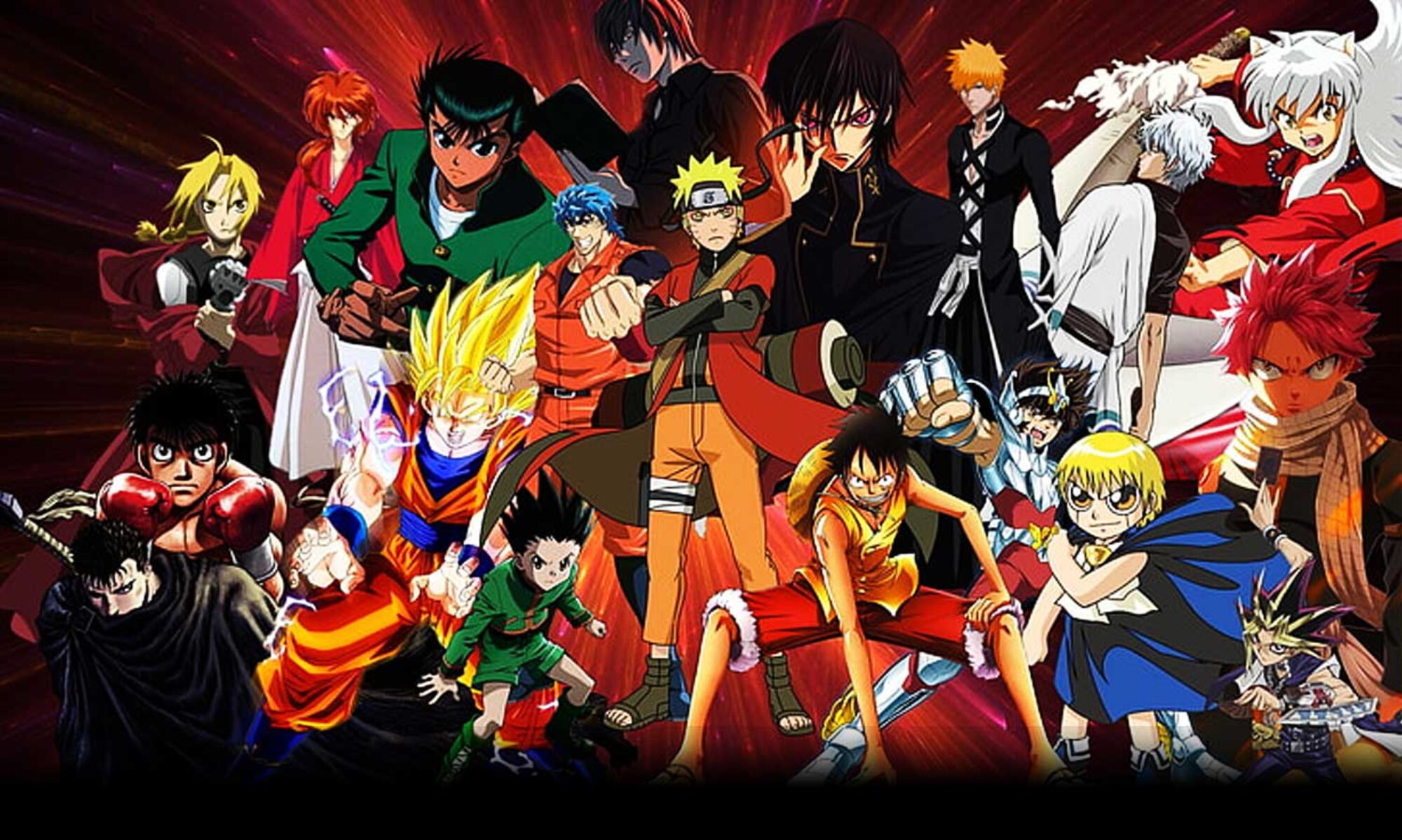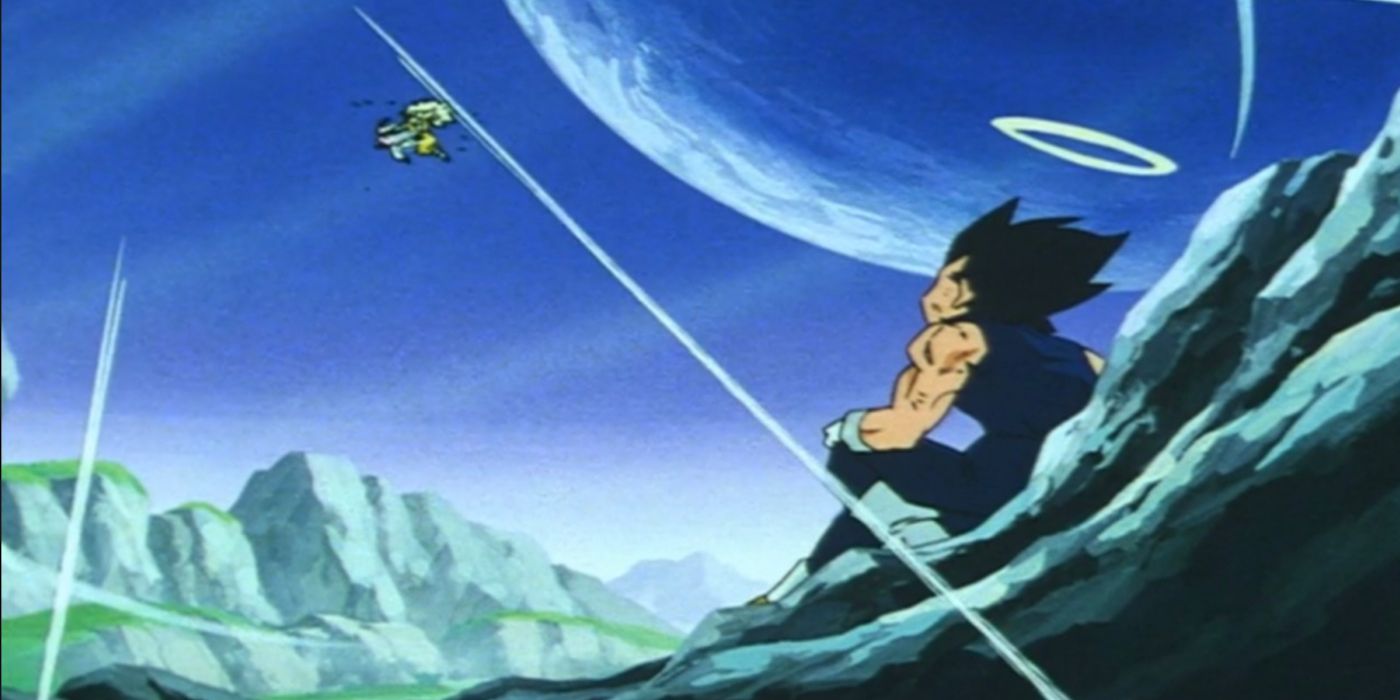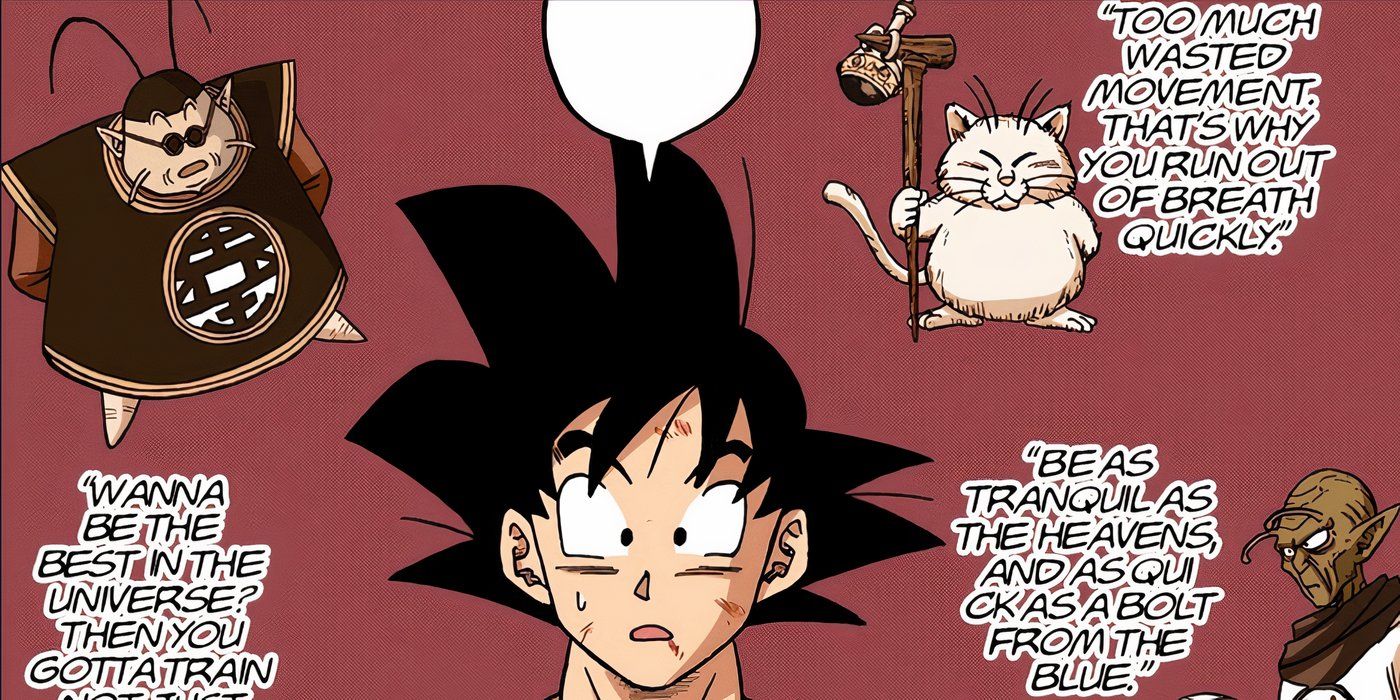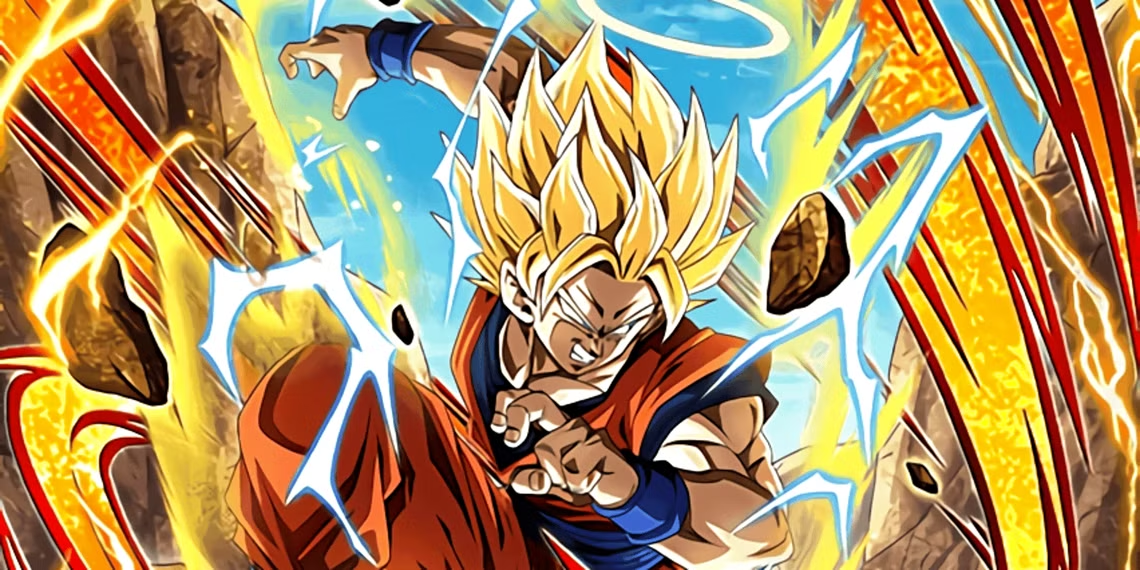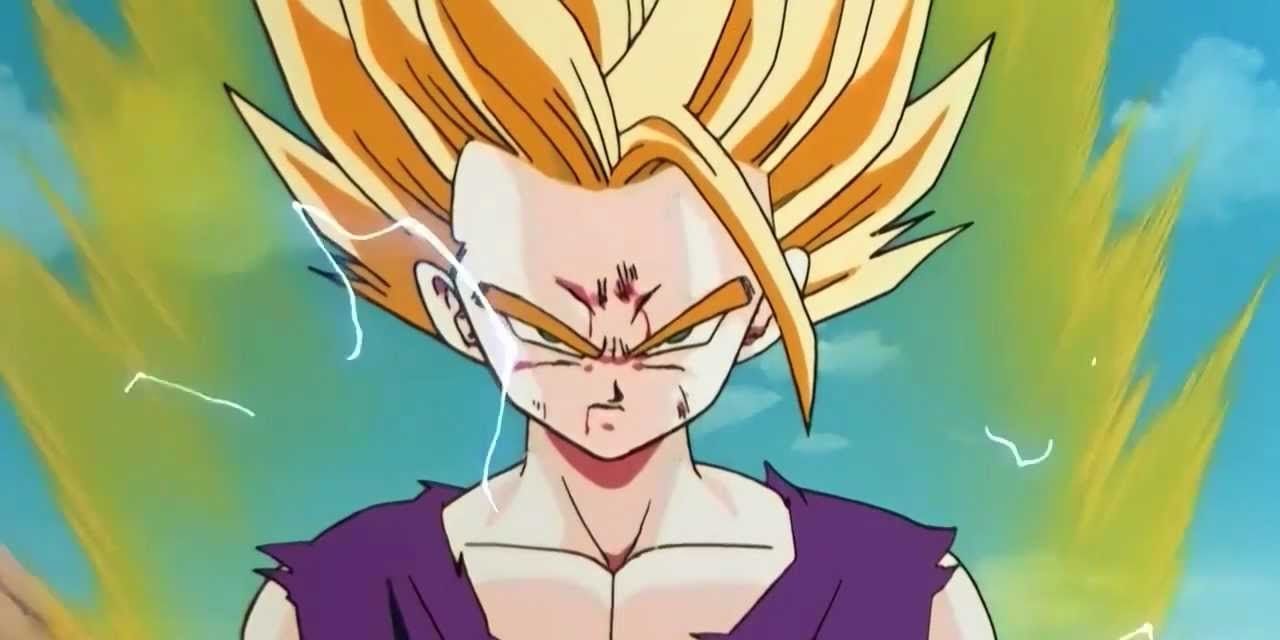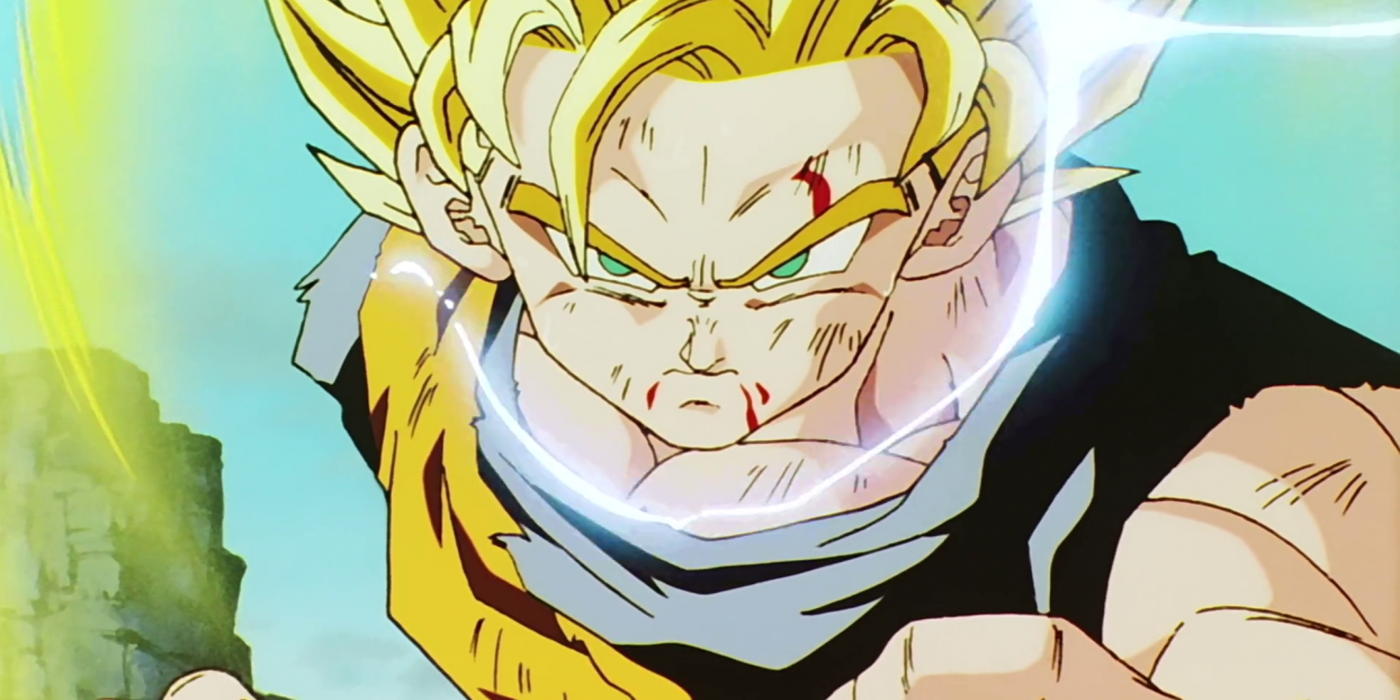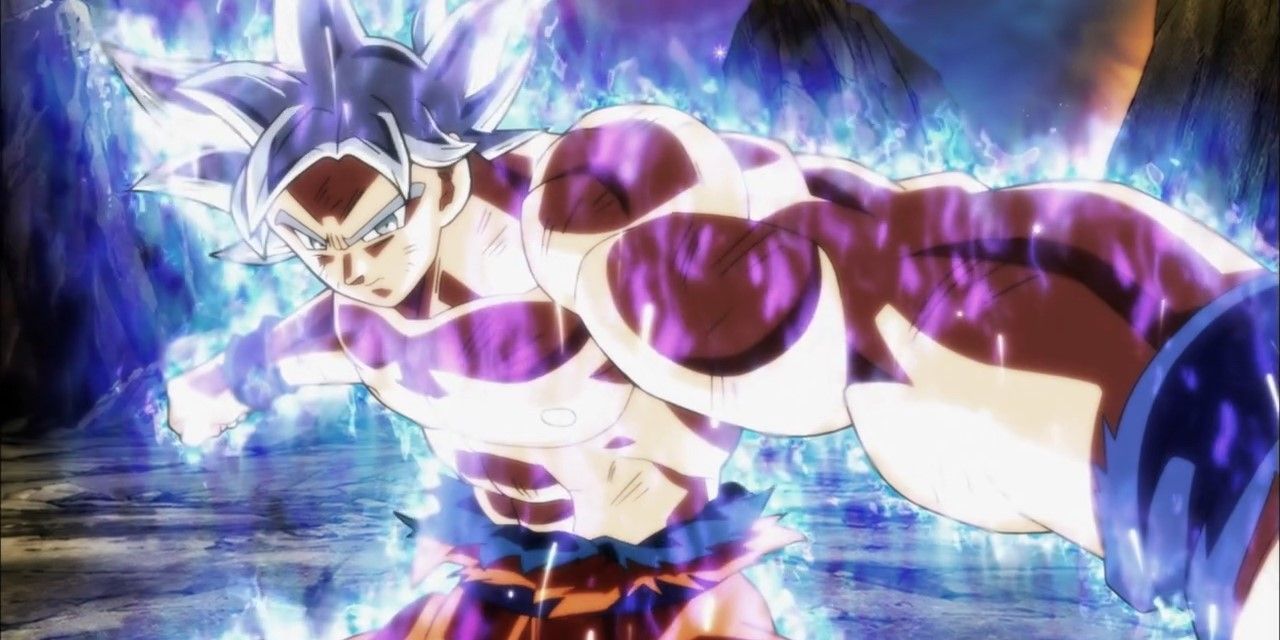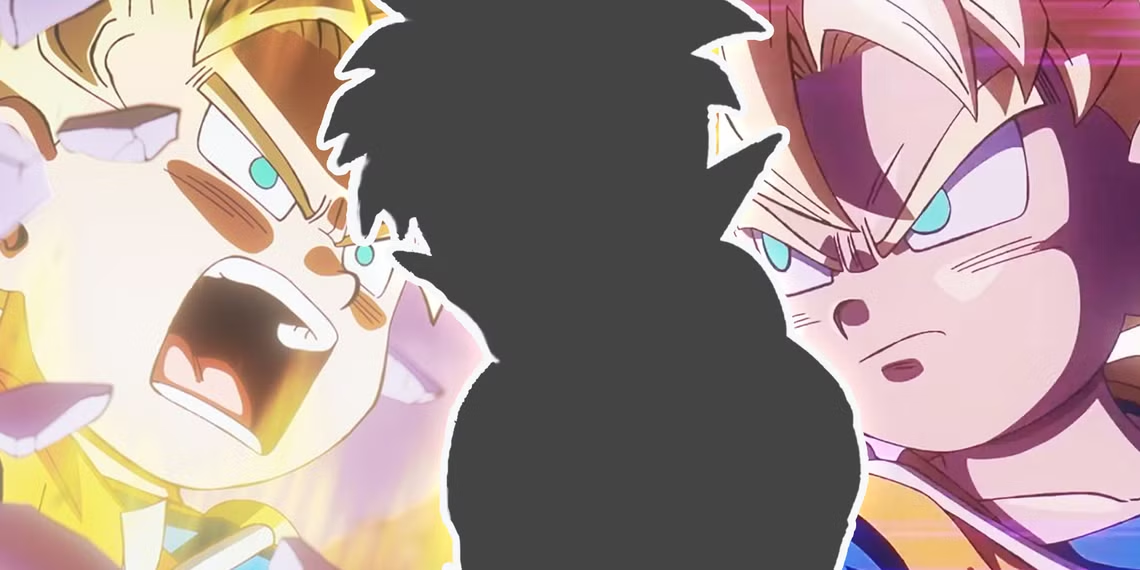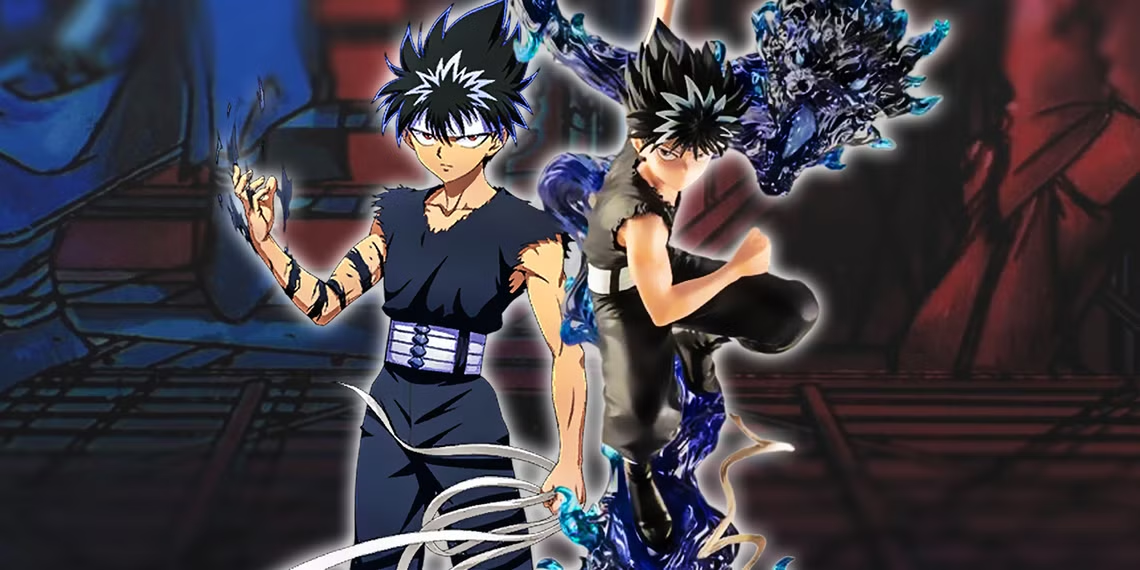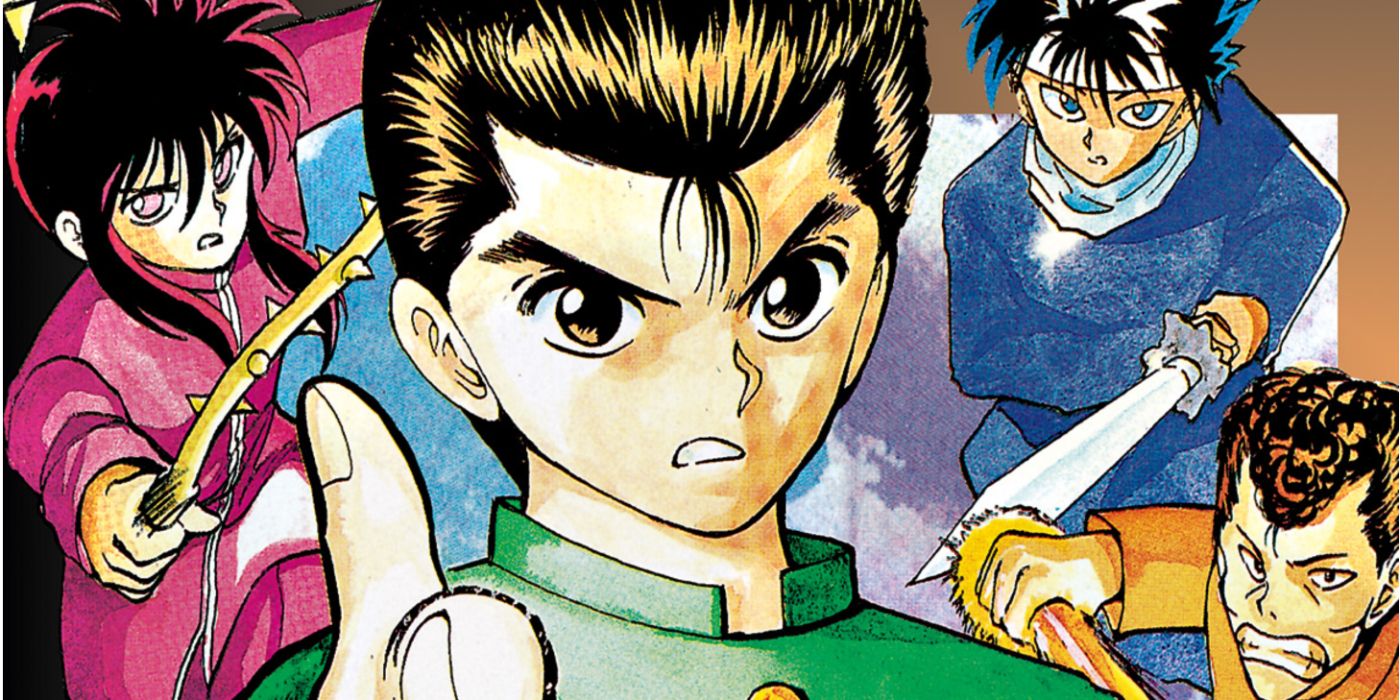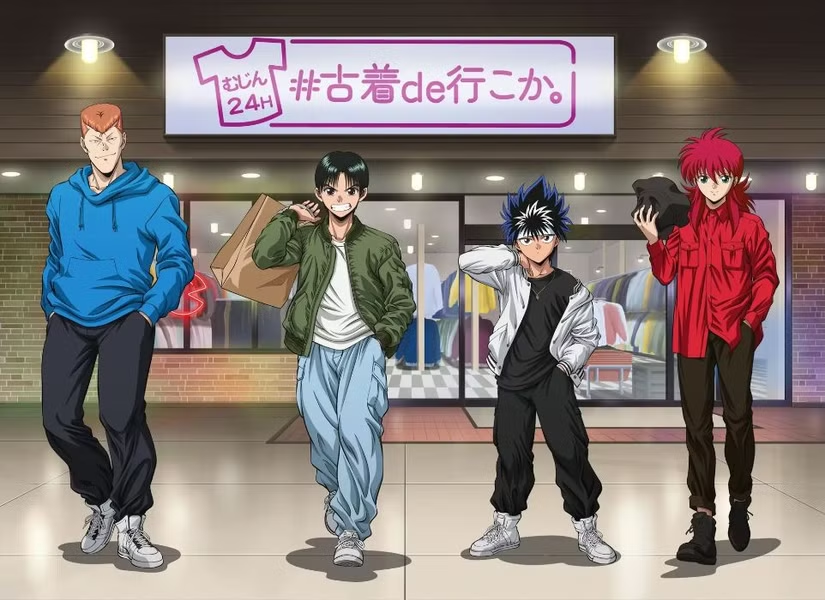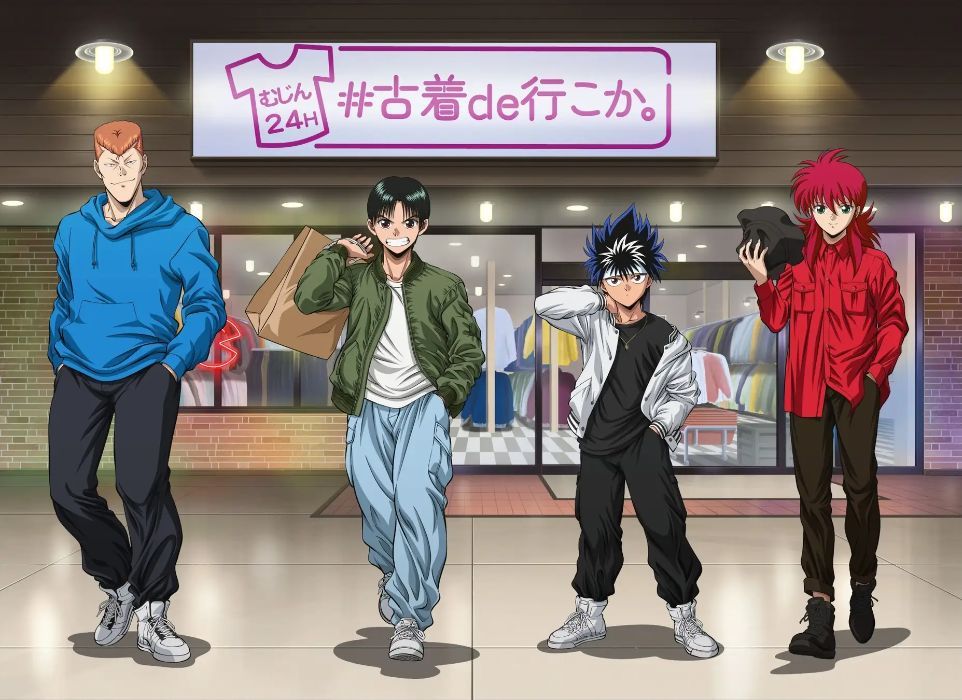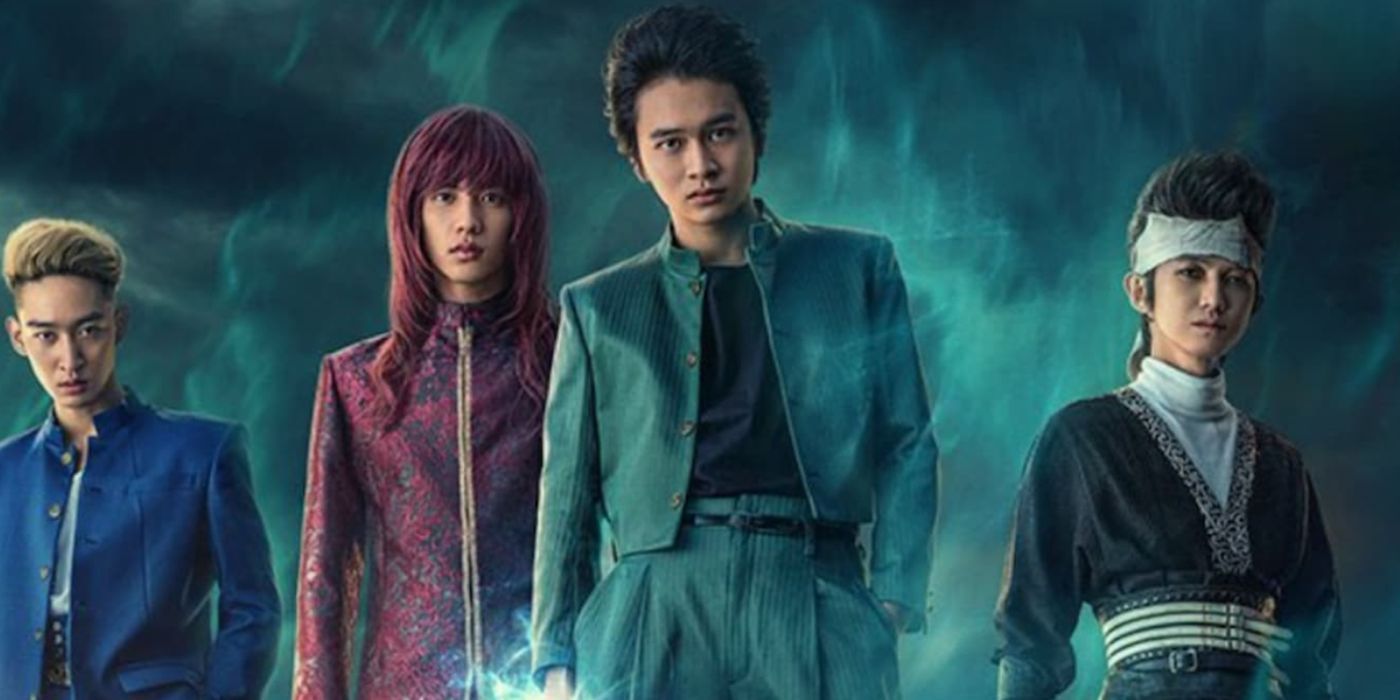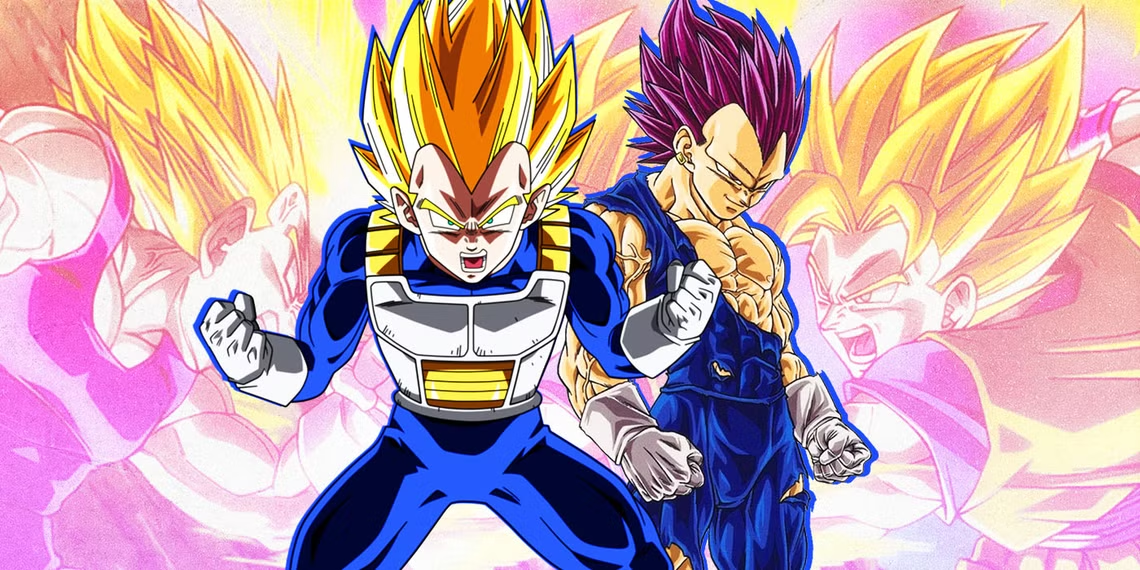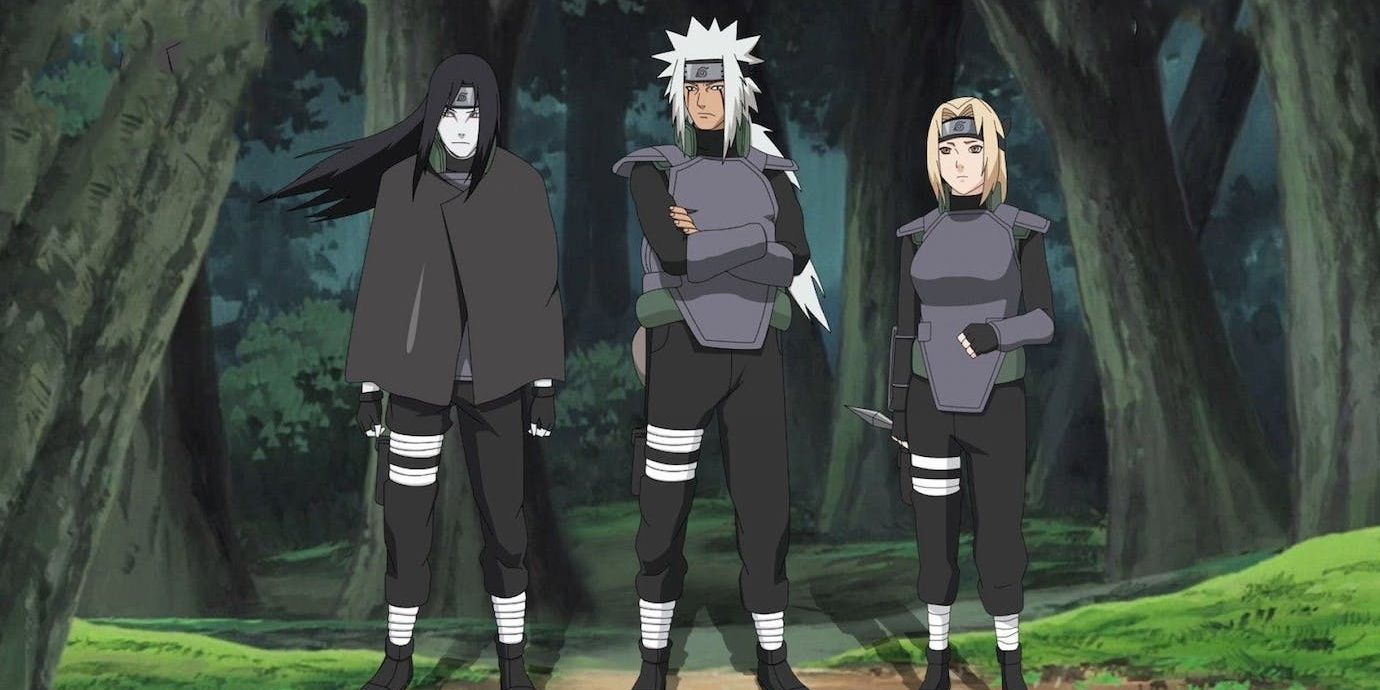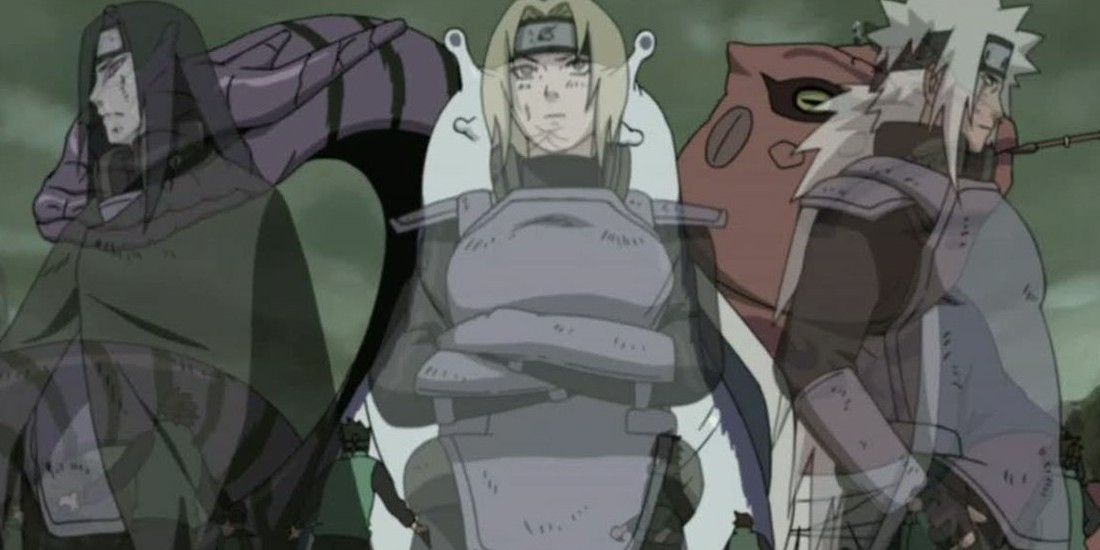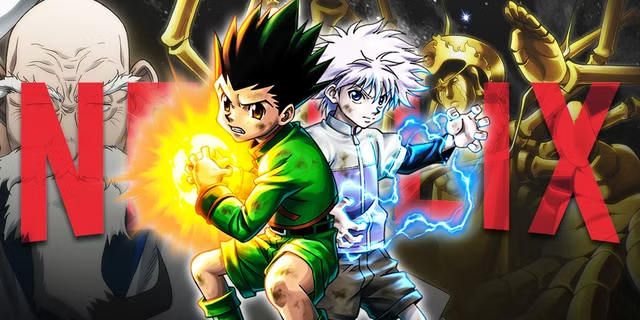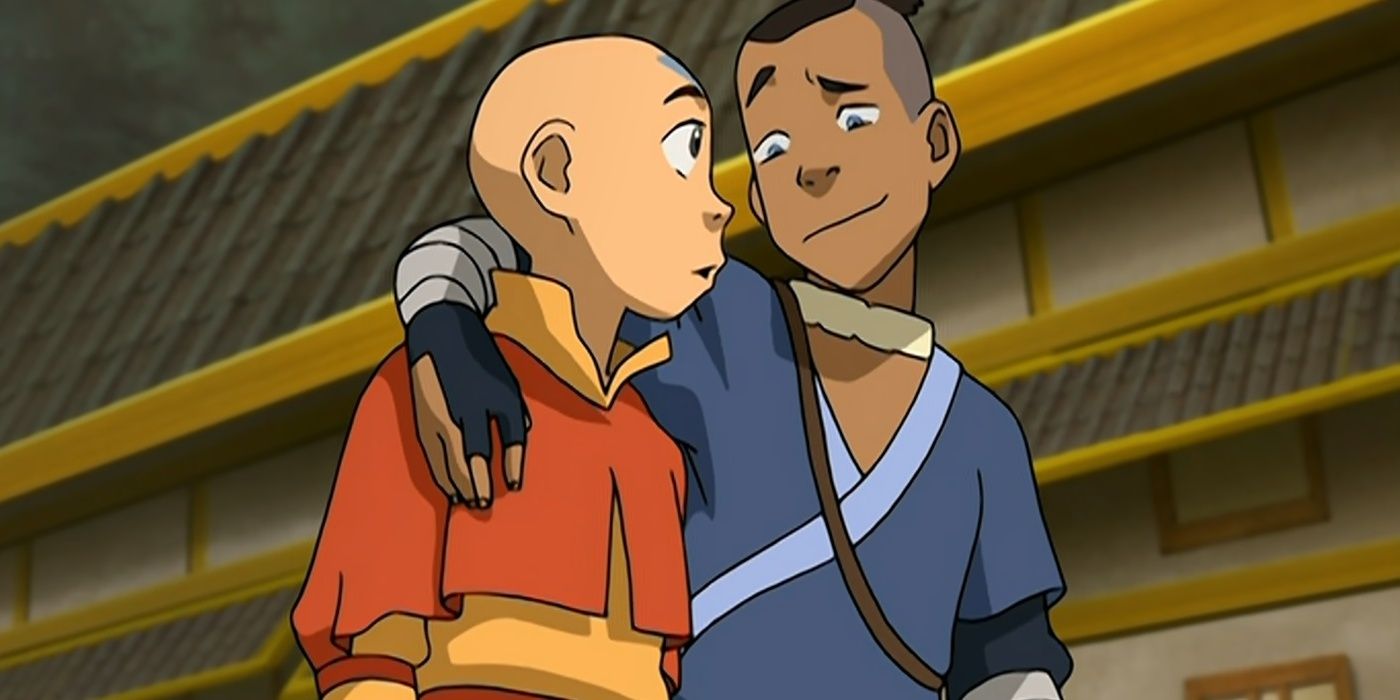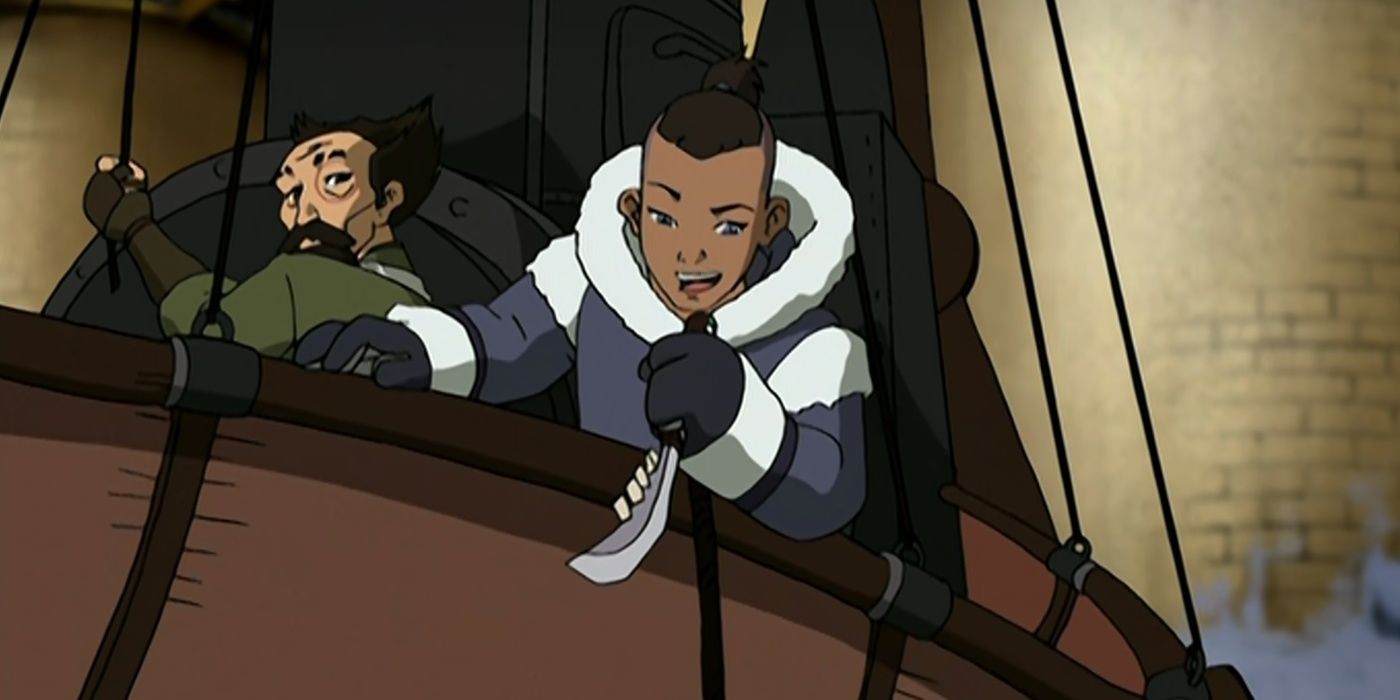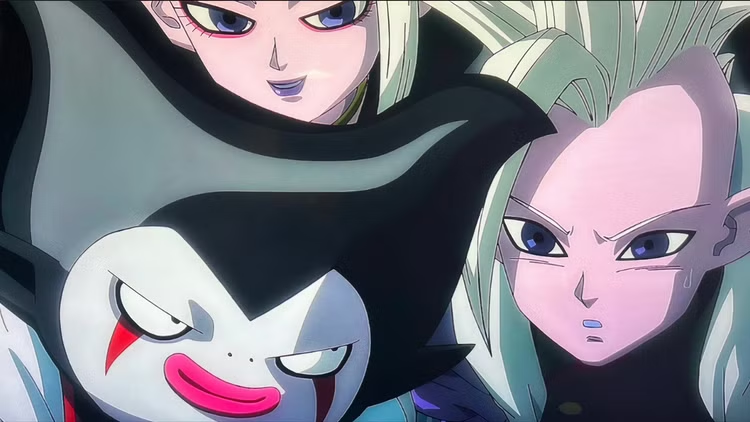Vegeta has been chasing Goku since their rivalry first began early in Dragon Ball Z. No matter how much Vegeta grew as a fighter, he could never seem to catch up to Kakarot for reasons he couldn’t quite understand. At a certain point, it became clear that Goku’s strength didn’t just come from his sheer potential for power, but rather from who he was as a person. It wasn’t until Vegeta grew as an individual that he could finally approach Goku’s level of power, and that wouldn’t finally come to fruition until Dragon Ball Super.
By the end of DBZ, Vegeta finally lets go of his pride, realizing it was the thing holding him back. Vegeta accepted that Goku was the best, because Goku was more than just a powerful fighter – his life experiences led him to become a truly great person. Vegeta’s path of self discovery was one of the highlights of DBZ’s storytelling, and it carried over to become a major part of Dragon Ball Super as well. Vegeta’s growth arc is arguably the greatest redemption story in anime history, and that’s a legacy even Goku can’t surpass.
Vegeta’s Character in Super is Consistent With His Growth From DBZ
Vegeta’s Ups and Downs Through Dragon Ball Z Made Him the Hero He Became in Super
Vegeta’s story in Dragon Ball Super picks up exactly where it left off following the Buu Saga. Vegeta has gone through all the stages of becoming a better person two times over, and after relapsing as a Majin and making the ultimate sacrifice, there’s no way he could ever go back to becoming the villain again. That being the case, Vegeta settled into life as an earthling, accepting his place as one of the Z Fighters, and embracing his family as a father and husband.
Vegeta’s growth is immediately apparent in Super, when he stands up for Bulma against Beerus. While “my Bulma” has become a huge meme in the anime fandom, it’s actually so much more than that for Vegeta as a character. This is a big moment that shows how far Vegeta has come as a person. During the Android Saga in DBZ, Bulma and her newborn son fly in a helicopter near the battlefield as Android 20 attempts to make his escape from Vegeta. In an attempt to distract the Saiyan, 20 shot down the aircraft, sending Bulma and baby Trunks to their impending doom. They would have died if Future Trunks hadn’t rescued them – no thanks to Vegeta. Vegeta had no care for Bulma or his newborn son at the time. All he cared about was testing out his new Super Saiyan power against the Androids.
This attitude is in stark contrast to Vegeta’s “my Bulma” moment, displaying how he truly had changed. Unlike in the earlier arcs of DBZ, Vegeta has people he cares for who he is willing to lay his life on the line to protect. It’s not just all about power anymore to him. In fact, when Bulma was about to give birth to she and Vegeta’s second child, Bra, Vegeta even chose to stay behind and look after her rather than going to Beerus’ planet to train. This would have been an unprecedented decision in DBZ, but it makes sense by the time of DBS given how far he’s come. Vegeta’s standoffish personality and grumpy attitude never change, even in Super. However, his actions and his values have clearly changed in a way that is consistent with who he became at the end of DBZ’s Buu Saga.
Goku Takes Two Steps Backwards in Super
Goku Forgets Key Lessons in Super – But According to Toriyama’s Opinion of The Character, It Was By Design
While Vegeta has shown incredible growth throughout his life, Super seems to indicate something of the opposite for his rival. At least at first. Goku’s character throughout Super has been infamously inconsistent with his own growth as it was shown in Dragon Ball. Goku started out as a naive and innocent child who knew nothing of the world outside the forrest where he grew up.
Over time, Goku was exposed to more and more of the world through his adventures, and he grew and matured because of that. While Goku always remained a hopeless idealist who always saw the good in others, he did learn and grow from his mistakes. Goku may have been ditsy and airheaded, but he was never stupid. Goku showed numerous times throughout Dragon Ball that he was the smartest person on the battlefield, even if that intelligence didn’t translate into book smarts.
All the growth and development Goku underwent as a character prior to Super was vital to Dragon Ball’s narrative, because it’s literally the story of his life. Goku grows from an immature child in early DB to an intelligent man who can use his lifetime of experience to guide his children by the end of DBZ. Goku still makes mistakes, but he’s always someone Gohan and Goten can look up to and aspire to be like.
Infamously, Goku’s development as a character takes a strange turn in Dragon Ball Super. It became a meme among the fandom that Super’s Goku had lost a great deal of his growth from throughout early Dragon Ball, and that’s understandable. In Super, Goku does act ditsier and just flat-out dumber than he did by the end of the DBZ anime. While much of the hate towards Goku’s character in Super is ultimately overblown, there’s definitely merit to the concern. There are times when he seems to have forgotten important lessons from his past, and there are moments when he seems to make mistakes he would have learned from in DBZ.
For example, during Dragon Ball Super: Super Hero, Goku sees Vegeta meditating and asks him what he’s doing. Goku seems confused as to why Vegeta would just be sitting in one spot instead of working out and training. This is an extremely strange moment for his character because Goku had meditated multiple times in the past. This scene was altered in the manga to avoid this continuity issue, but it’s ultimately just the most prominent example of how Goku has lost some of his development from DBZ.
This wasn’t just a mistake on Akira Toriyama’s part, either. During an interview with Wired, Toriyama stated that he was dissatisfied with how heroic Goku became in the original DBZ anime. That being the case, it’s likely that he purposely made Goku a bit more bubbly and silly in Super because he didn’t like how heroic he became in the original DBZ anime. This was a conscious attempt on Toriyama’s part to retcon an aspect of Goku’s personality he didn’t like, but it came at the consequence of making noticeable changes to a beloved character.
Ultimately, Goku is a character whose growth has always been subtle, because even as he has learned throughout his life, his personality hardly changes. He’ll always be a carefree and gentle heart who will get serious when it comes to a fight, and that should never change. Even so, Goku’s penchant for forgetting the lessons of his past has deservedly earned his characterization in Super criticism. In comparison to Vegeta, Goku never really had to grow much in Super anyway – he just had to remain the same Goku fans have always known and loved. In a way, he does that, but it’s unfortunate that he often forgets where he came from.
TERSEDIA JUGA:
